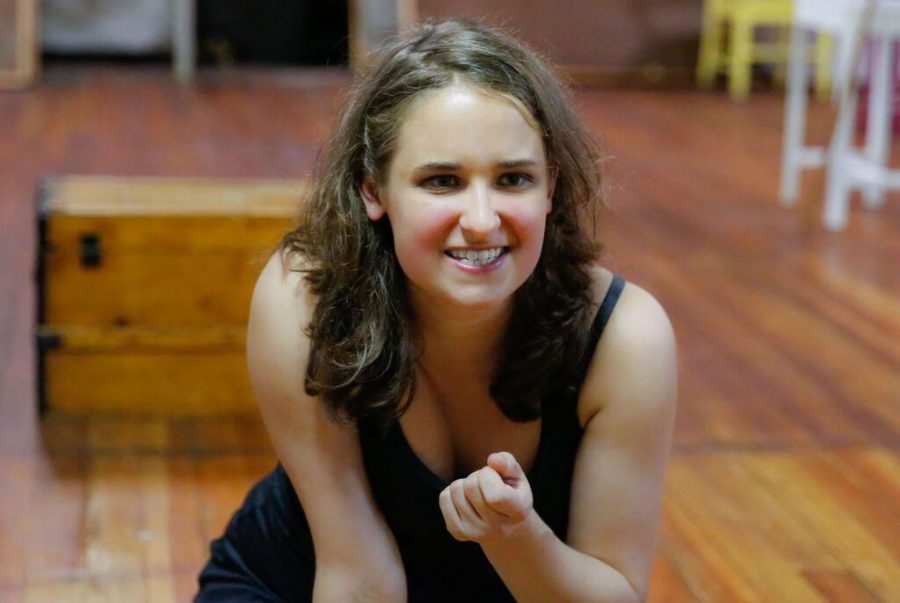‘Daughters’ unite to show powerful, mythic Irish women
“Daughters of Ire,” a one-woman show that captures the stories of five women in Irish mythology, will be at the Beverly Art Center, 2407 W. 111 St., April 27–30.
April 24, 2017
After reading medieval Irish tales about King Arthur, writer-performer Savanna Rae noticed a lack of strong and powerful female characters.
She later that found that they existed in Irish mythology as powerful cultural,s symbols.
After extensive research, Rae said she decided to create monologues that uncover the powerful women of Irish legend and their fascination with violence in a mythic narrative.
Written by and starring Rae, “Daughters of Ire” is a one-woman play that tells the tale of these women. Showing at the Beverly Art Center, 2407 W. 111 St., April 27–30, the stories capture the perspectives of legendary heroines such as Queen Medb, Scáthach, Deirdre and Uathach, all Irish folklore characters.
Their stories point to a cultural image of strong and sometimes violent women, Rae added.
The figures in these stories were often known for their beauty and not their physical ability, said Marion McFadden, a mythology artist in County Donegal, Ireland.
“People don’t see these women other than seeing them through the way the guys described them,” McFadden said. “There is a thing about history being written by the victor and being his story and how he perceives her.”
When Rae was a senior at North Central College in Naperville, Illinois, the 2014 theater alumna began performing monologues from perspectives of these women for her gender studies course.
After graduation, Rae said she workshopped her scenes wherever she could think to, including churches, schools and her friends’ living rooms, just so she could get feedback for her work.
The play caught the attention of The Other Theatre Company in 2015 and was turned into a full 75-minute piece. BroadwayWorld.com then named “Daughters of Ire” as the Best New Work of 2015.
“These stories are difficult stories,” said director Carin Silkaitis. “What happened to these women are difficult conversations, and you are talking about women leading people into war, fighting for their lives and being kidnapped and sequestered away.”
The playwright believes these characters are challenging the masculinity usually associated with violence, Silkaitis said.
“Even though they are very stereotypically feminine, there is this mistaken thought saying that automatically means weak,” according to Rae. “That feminine automatically means weak. There are super aggressive and violent women, but they are able to be vulnerable as well.”








